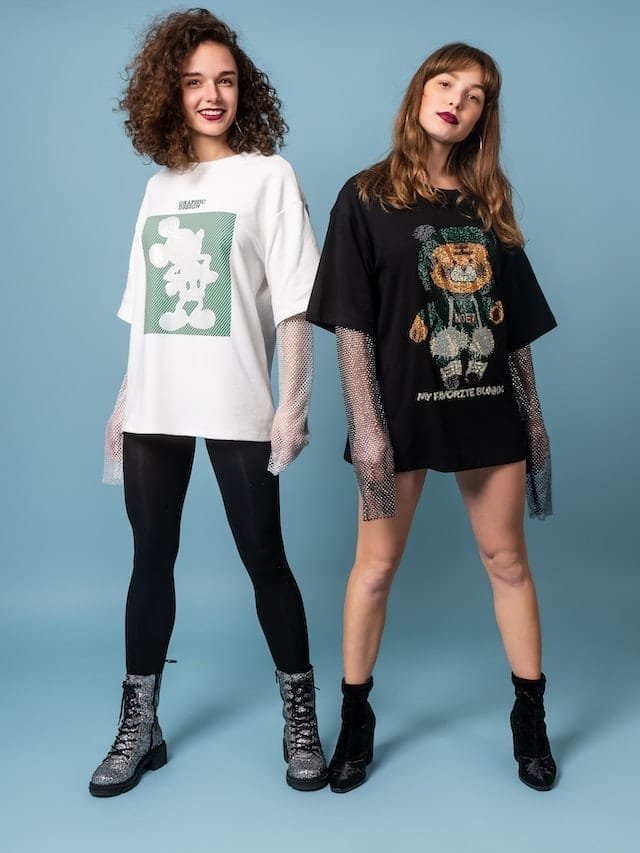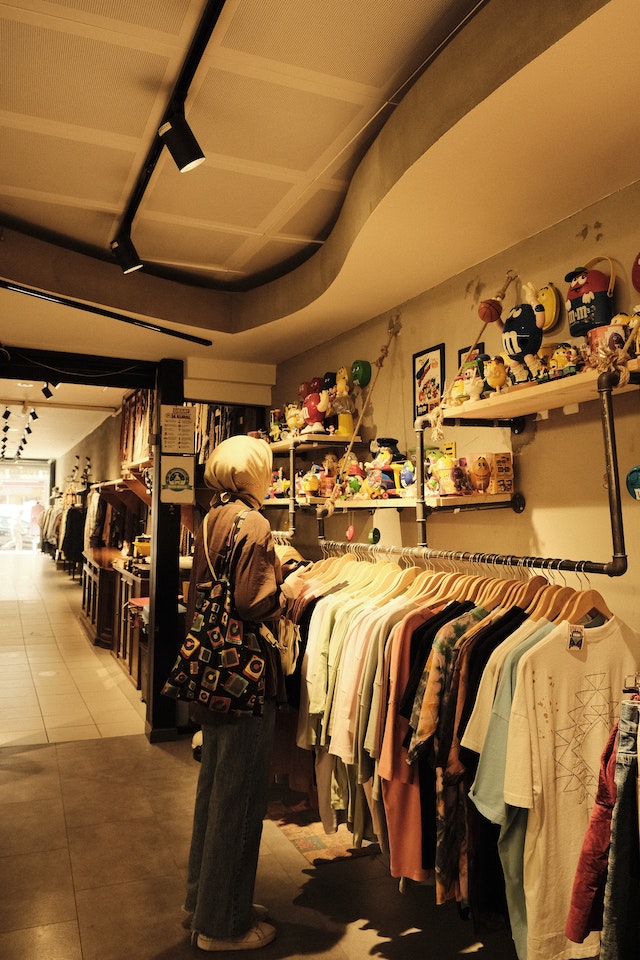The t-shirt, a staple in everyday wear for over a century, transcends its simple fabric and fibers.
It stands as a testament to style, artistry, and history interwoven into one.
Whether it has a band’s logo, a strong message, or is just plain, t-shirts resonate as powerful emblems of self-expression, individual identity, and deep-rooted cultural ties.
Table of Contents
Origins

The t-shirt originated in the early 20th century as an undergarment. The U.S. Navy first introduced it as standard undershirt apparel.
Due to its comfortable design and easy-to-wear nature, it quickly became popular among laborers and workers.
By the 1950s, thanks to pop culture and Hollywood – icons like James Dean and Marlon Brando – the t-shirt transitioned from an undershirt to mainstream outerwear.

The Rise of T-Shirt Culture
With the social and cultural changes of the 1960s and 1970s, the t-shirt became a canvas for expression.
People began to print messages, symbols, and artwork, turning the t-shirt into a medium of communication.
The rise of rock ‘n’ roll further amplified its popularity, with bands and artists selling t-shirts as souvenirs.

Fashion and Trends
The 80s and 90s saw an evolution in t-shirt fashion. Bold patterns, brand logos, and tie-dye designs became increasingly popular.
With the emergence of streetwear in the late 90s and 2000s, the t-shirt once again transformed, becoming a staple in high fashion.
Designers and luxury brands started incorporating t-shirts into their collections, elevating its status from casualwear to high fashion.

Sustainability Concerns
With fashion being one of the world’s most polluting industries, there’s a growing call for sustainable practices.
The t-shirt industry, like all apparel sectors, has been under scrutiny.
Consequently, many brands are now prioritizing eco-friendly materials, like organic cotton, and sustainable production methods to reduce their carbon footprint.

Digital Influence on T-shirts
In today’s digital era, few aspects of our lives remain untouched by technology, and the realm of t-shirts, a versatile fashion staple, is no exception.
The t-shirt’s journey, from a humble undergarment to a billboard of personal expression, has been significantly influenced and accelerated by digital advancements.
Here’s how:
1. Customized Designs
With the rise of user-friendly graphic design software and online platforms, anyone can become a t-shirt designer.
From crafting personalized birthday shirts to creating designs that resonate with a particular subculture, the freedom to design has been democratized.

2. Print-on-Demand Services
Companies like Teespring, Redbubble, and Printful have transformed the way t-shirts are produced and sold.
Artists and entrepreneurs no longer need large upfront investments to launch their t-shirt lines.
These platforms handle everything from printing to shipping, allowing designers to focus solely on their creative vision.
3. E-commerce Boom
The proliferation of online stores has given independent t-shirt brands a global audience.
Platforms such as Etsy, Shopify, and WooCommerce have made setting up an online storefront simple and accessible.
As a result, niche t-shirt brands can thrive and find their audience across continents.
4. Viral Trends & Memes
Social media has a profound influence on fashion, and t-shirts are often at the forefront of viral trends.
Memes, viral videos, and trending topics quickly get translated into t-shirt designs, making them timely tokens of pop culture.
5. Augmented Reality (AR) & Virtual Try-Ons

With AR technology, potential buyers can virtually ‘try on’ t-shirts before making a purchase.
Brands can also use AR to add an interactive element to their t-shirts, creating a more engaging shopping experience.
Conclusion
The t-shirt, while simple in design, carries a rich and diverse history.
It reflects our societal shifts, cultural preferences, and technological advancements.
In many ways, the evolution of the t-shirt mirrors the evolution of modern society.
As we move forward, the t-shirt will undoubtedly continue to adapt and remain a significant symbol of our times.
Whether it’s a statement of fashion, identity, or ideology, the t-shirt is here to stay.








Leave a Reply